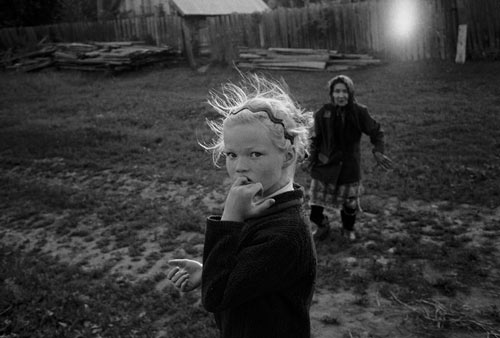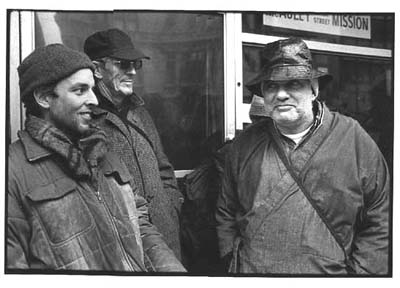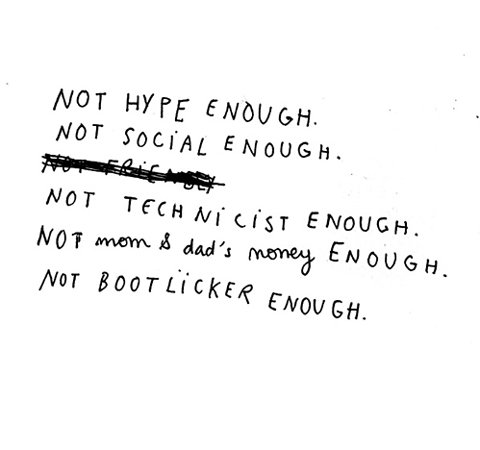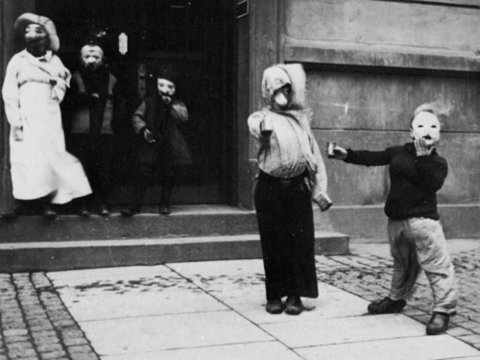Second day of a two day retreat, Sunday morning at the excellent Kula, 15 people attending.
It has not been unusual to hold bearing witness retreats in places of suffering, where unresolved issues remain, and not necessarily human issues. Some retreats have happened in slaughterhouses, bearing witness to the suffering of animals. I try to bring all of the sides in question into the retreat, as much as possible. It one of the principles of the mandala and that can be difficult. For example, next August there will be a Native American retreat, and we tried to organize this ten years ago. One of the Zen Peacemakers is named Roshi Grover Genro Gauntt who has been working for the past 30 years with Native Americans, particularly with the Lakota. He was part of our gang, and served for a time as the executive director of Zen Peacemakers. We got in touch with Winona LaDuke who is Lakota (she ran on the green ticket for VP of US), and she was excited to help us. After a year, we gave up because we couldn’t get agreement amongst various tribes. We wanted to have as many tribes as possible, and it’s taken a long time, but now at last there’s going to be a series of retreats. The last one will be held at Wounded Knee, where 150 Lakota men, women and children were slaughtered in 1890. The other retreats will be held in places not associated with the Lakota. 150 people will participate, half Native, half others. Five elders and medicine men will come to the Auschwitz retreat to see how that energy flows and bring some of it back with them.
It’s hard to grok the energy unless you’re bearing witness to it. Unless you’re there. The first chapter in my book Bearing Witness: A Zen Master’s Lessons in Making Peace (1998) describes the process, but unless you’re there you can’t really become it.
Two women became intrigued by our street retreats and founded an organization called Faithful Fools. From their website: “The Faithful Fools Street Ministry was founded in 1998 as an educational and charitable organization when the ministries of the Rev. Kay Jorgensen and Sr. Carmen Barsody, OSF converged in the Tenderloin District of San Francisco. Kay, a Unitarian Universalist minister, had been a presence of compassion on the streets of the Tenderloin for three years. Carmen, a Franciscan Sister of Little Falls, MN, had just arrived in the Bay area after seven years working in the barrios of Managua, Nicaragua.”
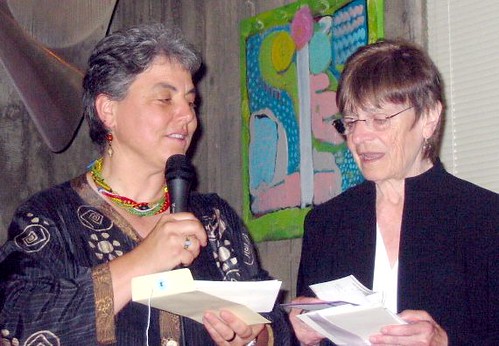
They work in one of the poorest districts in San Francisco known as the Tenderloin. Everyone on the board, and all of their staff do street retreats – they’ve done hundreds, and taken thousands of people out on the streets. Kay has brought her street ministry to the Unitarians, teaching ministers how to do that kind of work.
There is a rabbi that comes to the Auschwitz retreat. He formed a neo-Hassidic movement, and led a street retreat in the red light district of Tel Aviv during Yom Kippur, the holiest of holy days for the Jews. This is a very poor area, near the bus terminal, with many sex workers and homeless about. The key to a successful retreat is diversity: try to get as many elements of who will be effected by the situation to take part. And then try to figure out how to start it with enough of a plunge to assist everyone’s not knowing.
I got the word “plunge” from an Episcopal priest working in Chicago in an organization started by left wing organizer Saul Alinsky. He trained ministers in doing this kind of work, doing street retreats, and in their training they had to do what they called a plunge. Because they were ministers they would invariably find themselves knocking on doors of their churches and ususally they would find themselves turned away. This is a very helpful experience. The plunge is like being given a beginner’s koan, it brings you to a place of not knowing, and helps you to stay in the place of not knowing.
While on a street retreat, we do council every day, so the minds and feelings of the group are being heard. The feelings coming up have a place to get aired out. The teacher in the street retreat is the place, the situations that arise.
My boss Shakyamuni Buddha made a big deal about change. He kept saying that everything is changing. Or as they say in The Big Lebowski, “New shit has come to light.”
In the evening of the street retreats we all gather, and depending on the energy of the group, different things happen. There is a group of spirit holders and they try to bear witness to the group, we meet each other and try to come up with the best choice about what to do in the evening.
Street Retreat Checklist
1. Figure out all the clubs and people affected by the place – then entice/invite as many of those people as possible.
2. What is the initial plunge going to look like?
3. Safe environment for people to share (council).
4. Evening space.
I haven’t gone on every street that Zen Peacemakers has offered, but even though I’ve been on a lot, I learn so much each time I feel I have to go now. But one year I wasn’t at our Auschwitz retreat, our German co-ordinator, Heinz-Jurgen Metzger, came up with the idea of honouring the perpetrators. Often we’re sitting on the tracks in meditation, as people chant the names of those who died, along with silent periods of sitting and a walkabout. One year he brought up the question of perpetrators. And eventually a beautiful ceremony was created by a rabbi in which we’re remembering the parts of us that is a perpetrator. We’re all interconnected. Whatever we see is also us.
The notion of forgiveness is very complicated. The ritual the rabbi created doesn’t forgive anything, but it recognizes what is going on in each individual that one might call a perpetrator. It’s not focusing on someone else. If you can’t recognize those elements of hatred and violence within yourself then you’ll just pick out others and put the blame on them. Until all the violence within us is recognized, and dealt with, our ability to cause harm goes on. I have blood cells attacking cancer within me, even though I’m a pacifist. What is that? But if I can honour it, then loving action can make change. If I can’t honour the violence in me, then I’m in a club saying, “I’m going to destroy all the violent people in the world.”
There was a woman at the Auschwitz retreat, a teacher of non-violent trainings, an Israeli police officer, and she was so upset at the idea of honouring the perpetrators, that she said to Heinz-Jurgen, “If Bernie wasn’t here, I’d kill you.” This is a woman who is training others in non-violence. That was important. We had to work with that. Can we reach down into our unconscious and find out what it is like there? The first step is recognizing our own capacity for violence. If you can’t recognize it, then you can’t work with it.
How do you train people in non-violence? My training is to try to get us to a place of not knowing, and then to bear witness in that place, from that place. Then loving actions will arise. I try to get involved, to grok what’s happening. I’m constantly learning.
For example. Let’s say my hand develops gangrene and I can’t see a doctor. I’m on a desert island, I’m Robinson Crusoe. The gangrene is spreading, so my loving action might be to cut off the arm. That may not be the right course of action, I might get back to civilization and doctors will assure me that I didn’t have to do that. But at the time, that was the most loving action I could manage. I never know what’s going to come up because I’m entering a situation without a fixed idea. I don’t believe in absolutes, (but of course, that’s just another opinion).
If you’re bearing witness and aversion arises – bear witness to aversion. You might have opinions, you might want to bring forward your categories – but all this will pass. Just observe, with an open heart, and loving actions will arise. It’s not about deciding what to bear witness to. Oh, I’m feeling aversion, I won’t bear witness to this. No, if aversion arises, then that’s what you witness.
Within our clubs we tend to develop certain kinds of language. There are specific languages related to Tibetan Buddhism, Japanese Buddhism, Chinese Buddhism, the Vipassana traditions. My Zen teacher said that if you can’t explain the dharma to an illiterate farmer who has never heard of the dharma, then you’re hiding behind your words. We should be using language people can understand. We need to explore our language to make it real for ourselves, not to hide behind words we may or may not understand.
Hakuin Ekaku (famous for the koan: What is the sound of one hand clapping?) was part of the Rinzei school in Japan. He brought Zen to farmers. There was a period when Zen belonged to samurai and the elite, and in many ways Zen in North America is still part of an elite. If you’re working class maybe you can’t take off a week or a month to do a retreat. When Buddhism came to North America a lot of us were hippies, we didn’t have much in the way of possessions, but we had time.
Pathmaker Program. In this program we took up a Zen program that concentrated on face to face teaching. On working with people individually. Each person explored what their desires were in terms of the five root families. Together we set goals.
1. Spiritual. eg. I want to be enlightened. I want to be…
2. Study. eg. I’d like to get my high school degree.
3. Karma. eg. I’d like to serve my kids. I’d like to serve the lepers.
4. Business. eg. I’d like to have a steady job.
5. Relationship. eg. I’d like to be at peace talking with my partner.
Then the person and the pathmaker create an individual path to do those things. These goals may keep changing because new things come to light. That’s OK. We do this with the employees at Greyston. It’s for all the staff, and the board members. And we want to make sure that the three tenets are there (not knowing, bearing witness, loving action). I was shocked to find out that some members of the board had never actually spent time in the child care facility. Perhaps they’d visited, they’d breezed past, but they’d never actually worked there. In other words, they didn’t have a chance to bear witness.
In the Zen lineages, koan studies are a way to prompt this place of not knowing. Some koans are designed to get you to experience a state of emptiness. Some koans are designed to get you to experience the roots of that emptiness. That’s what I call a state of not knowing. Then there are koan systems that try to get you to express what you’re experiencing. As my teacher said again and again, “If you can’t express the dharma in common language then you don’t know what you’re talking about.” Dogen liked to use this word: doto. It means “the way of expression.” Sometimes the expression can be a raising of eyebrows. When kids listen to you they’re not necessarily tuned into the words but the body language, the way you’re expressing yourself. How do you show your dharma?
There are three treasures: the Buddha, the dharma and the sangha. You could also say: the teacher, the teachings, the group. Each dharma group emphasizes one of these qualities more than others. Some dharma groups are really about training new teachers, the teacher to teacher trainings are very intense. Some groups emphasize the teachings. Others emphasize community, and building relationships. This is the hardest work, the most difficult practice. We are always creating clubs who we will listen to, and alongside them, by default, clubs we won’t listen to. When you listen to someone you don’t agree with, then your club gets bigger. If you want to grow your website, the old school web manuals advised providing links to sites that you didn’t agree with, because it gives those people, those readers, those audiences, a chance to come into contact with your ideas. I am everyone.
